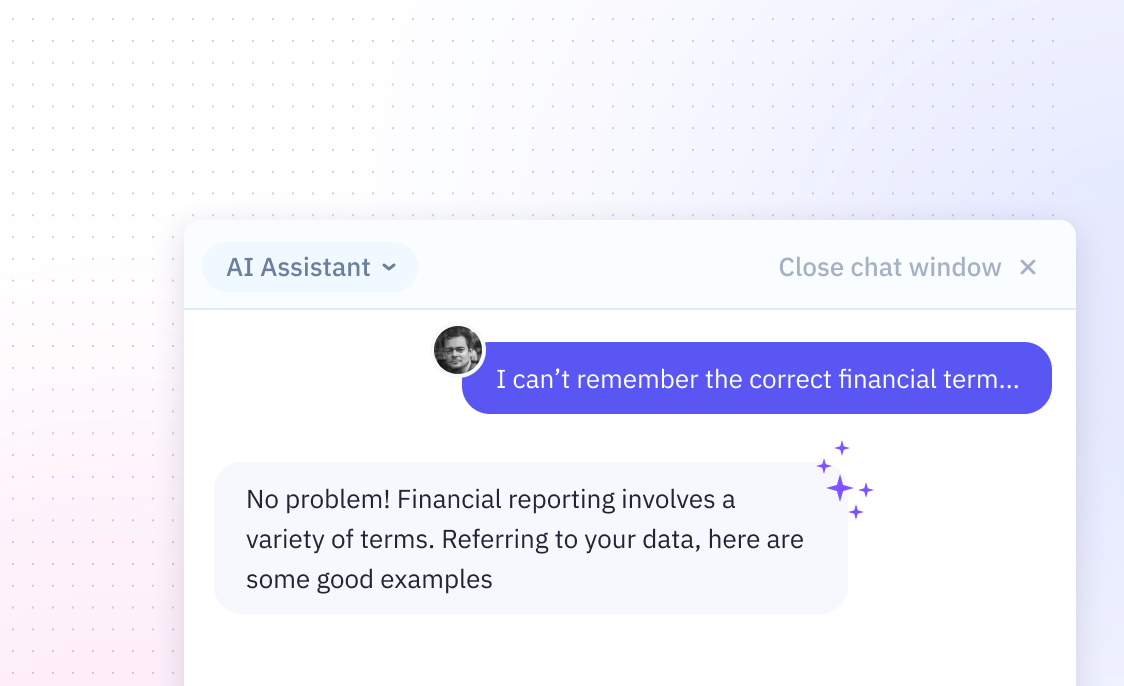
How To Move A Column Over In Excel
Introduction
Moving a column in Excel can streamline data organization and improve readability. Missteps, however, can disrupt data consistency.
Understanding the correct process is essential for both beginners and seasoned users. This guide provides straightforward steps to move columns in Excel efficiently.
While Excel requires manual column manipulation, Sourcetable's AI chatbot lets you effortlessly reorganize data, generate visualizations, and perform complex analyses through natural conversation. Try Sourcetable today to transform how you work with spreadsheets.
How to Move a Column in Excel
Method 1: Cut and Insert
Click the column header to select the entire column you wish to move. Right-click and choose "Cut". Click the header of the column where you want to move it, right-click, and select "Insert Cut Cells". This shifts the column to your desired location.
Method 2: Drag and Drop
Click the column header to select it and simply drag the column to a new position. This allows you to visually place the column in the preferred spot.
Method 3: Horizontal Sorting
Begin by selecting the top row and inserting a new row above it. Number the columns in the sequence you prefer. Select the entire data set and navigate to Data > Custom Sort > Options. Choose to sort left to right and confirm with OK. If required, delete the initially inserted row afterwards.
Using Aspose.Cells for .NET
Aspose.Cells for .NET features methods such as MoveTo and CopyColumn for changing column positions programmatically. Use the Cells.MoveRange() method to relocate a specified range within the worksheet.
Reordering with Microsoft Query
Use "Get External Data" and Microsoft Query for reordering columns. To modify the field order, deselect the "Preserve column sort/filter/layout" option. Note that refreshing queries may revert to the original field order.
Organizing Data Efficiently
Moving important columns together or reordering columns for related data can optimize Excel's analytical functions. An organized data set enhances readability and logical analysis.
Use Cases for Moving Excel Columns
Reorganizing Data for Visual Comparison
Place related columns next to each other to easily compare and analyze data relationships. This is particularly useful when working with large datasets where correlations need to be identified quickly.
Matching Required Data Templates
Adjust your spreadsheet layout to match specific templates required by clients, systems, or organizations. This ensures smooth data submission and compliance with standardized formats.
Preparing Data for Software Import
Arrange columns in the exact sequence needed for successful data import into other applications. This prevents data mapping errors and reduces the time spent on data preparation.
Optimizing Chart Creation
Position columns strategically to streamline the process of creating charts and graphs. Having the right column arrangement makes it easier to select data ranges and create accurate visual representations.
Improving Dataset Readability
Move important columns to the beginning of your spreadsheet where they're immediately visible. This makes the data more accessible and helps users find critical information without scrolling horizontally.
Excel vs Sourcetable: The Future of Spreadsheets
While Excel relies on manual functions and formulas for data analysis, Sourcetable revolutionizes spreadsheet work with its AI-powered chat interface. This modern spreadsheet solution lets you create, analyze, and visualize data through natural language conversations. Whether you're uploading files or connecting databases, Sourcetable's AI chatbot handles complex spreadsheet tasks with simple text commands. Try Sourcetable at https://app.sourcetable.com/ to answer any spreadsheet question instantly.
AI-Powered Analysis
Excel requires users to learn complex functions and formulas. Sourcetable's AI chatbot lets you analyze data by simply describing what you want to know in plain English.
Automated Visualization
Instead of manually creating charts in Excel, Sourcetable's AI instantly generates stunning visualizations based on your requests.
Seamless Data Handling
Excel struggles with large datasets and complex connections. Sourcetable handles files of any size and connects directly to databases for instant analysis.
Natural Language Interface
Rather than navigating Excel's menu system, Sourcetable lets you create and modify spreadsheets through conversational commands with its AI chatbot.
Sample Data Generation
While Excel requires manual data entry for testing, Sourcetable can instantly generate sample data sets based on your specifications.
Frequently Asked Questions
What is the easiest way to move a column in Excel?
You can move a column using the Cut command and then selecting where to insert it. First select the column, use the Cut command, then right-click at the desired location and choose 'Insert Cut Cells' to move the column.
Is there a keyboard shortcut to move columns in Excel?
While there is no built-in shortcut specifically for moving columns, you can use this sequence: Press Ctrl + Space to select the column, use arrow keys to move to the target location, then press Ctrl + Shift + + to insert the selected column.
What happens to formulas and formatting when moving a column?
When moving a column, Excel preserves all data including formulas, their resulting values, comments, cell formats, and hidden cells. However, Excel does not adjust relative cell references when copying cells with formulas.
Effortlessly Move Columns in Excel with Sourcetable
While moving columns in Excel requires manual steps and formula knowledge, Sourcetable offers a simpler solution. As an AI-powered spreadsheet, Sourcetable lets you create, analyze, and visualize data through natural conversation with its chatbot. Simply upload your files or connect your database, and tell Sourcetable what you want to accomplish.
Instead of learning complex Excel functions, Sourcetable's AI handles everything from data analysis to chart creation. Whether you're working with small spreadsheets or large datasets, Sourcetable's conversational interface makes data manipulation effortless. The AI understands your needs and performs the analysis automatically.
Sign up for Sourcetable today and let AI answer all your spreadsheet questions instantly.






